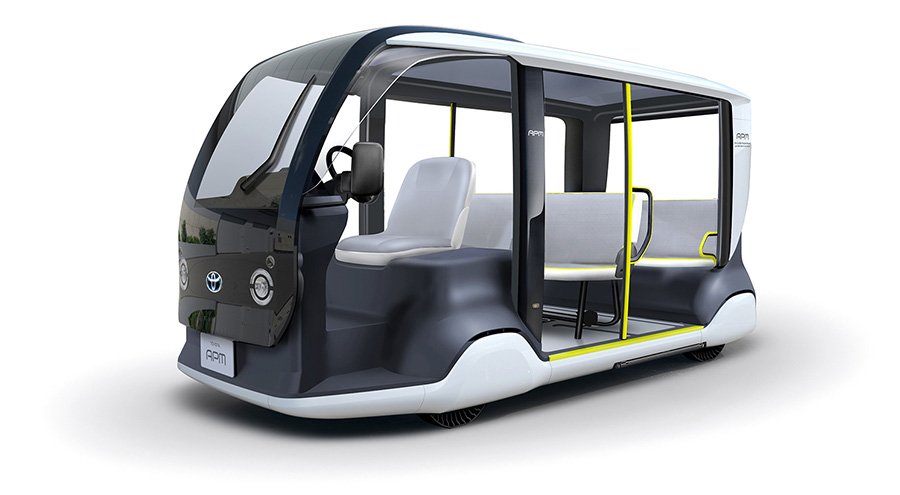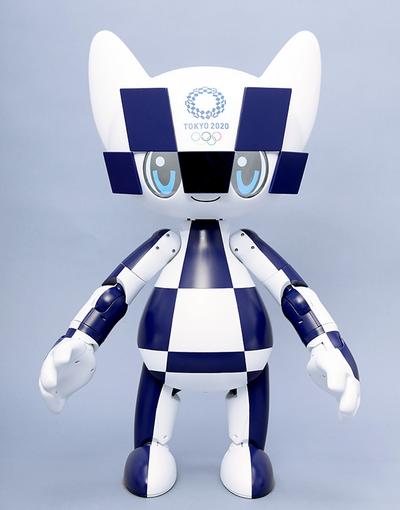
Toyota robots to help at Tokyo 2020 Olympics
Toyota Motor Corporation, as a worldwide partner of the Olympic and Paralympic Games, aims to provide mobility solutions that go beyond providing official vehicles for the Olympic and Paralympic Games Tokyo 2020.
One way Toyota is doing this is by participating in the Tokyo 2020 Robot Project, led by the Tokyo Organising Committee of the Olympic and Paralympic Games, that brings the government, Tokyo Metropolitan government, as well as Games’ partners together with experts in the field of robotics.
At Tokyo 2020, the robots to be introduced by Toyota will be used to support the mobility of people at various locations and venues.
Nobuhiko Koga, Chief Officer of Toyota’s Frontier Research Center, said: “At Tokyo 2020, we want to capture the imagination of spectators by providing support robots as we do our part to make the Games a success.”
To make this the most innovative and technologically advanced Games in history, the Tokyo 2020 and Toyota are working to develop a “mascot robot”.

The mascot robot will both allow expressions of arm movements via a remote-location robot, and share feedback from interactions. Via a camera mounted on its head, the robot can recognise people nearby and use its eyes to show a variety of expressions.
Toyota will provide a unique way for other guests in remote/distant locations that are unable to be physically present to interact with athletes via the T-HR3 and Mascot robots.
Specifically, the T-HR3 robots will be able to reproduce movement from a mascot robot in a remote location in nearly real-time.
In addition to providing images and sounds from the remote locations, these robot users will also be able to experience the power of movement and force-feedback, allowing them to converse with and high-five athletes and others, as if they were truly physically present.
T-TR1 is a virtual mobility/tele-presence robot developed by Toyota Research Institute in the United States. It is equipped with a camera atop a large, near-lifesize display.
With T-TR1, Toyota will give people that are physically unable to attend the events such as the Games a chance to virtually attend, with an on-screen presence capable of conversation between the two locations
For a portion of the accessible seating seats at the Olympic Stadium, the Toyota Human Support Robot HSR will guide guests to their seat and convey light meals, goods, and etc. for them.
Also, the Toyota Deliver Support Robot DSR, specially developed for Tokyo 2020, will directly deliver drinks and other goods to spectators that they have ordered from a dedicated tablet.
At track and field events, with approximately 500 seats during the Olympic Games and another 500 for the Paralympic Games, the robots are anticipated to serve over 1,000 spectators requiring mobility assistance.
